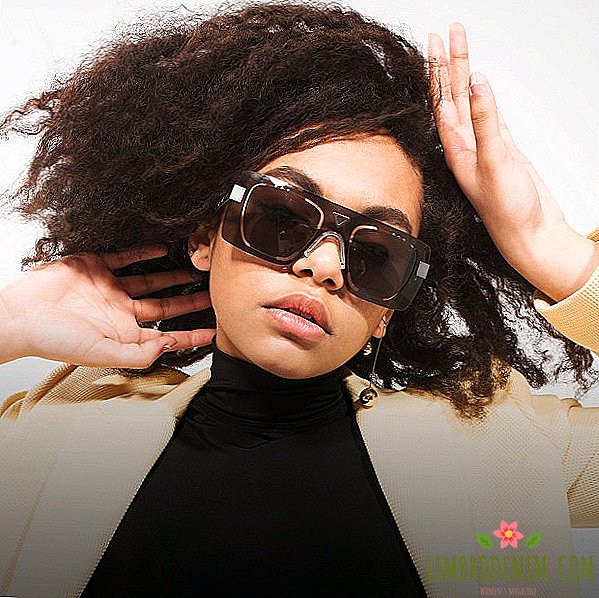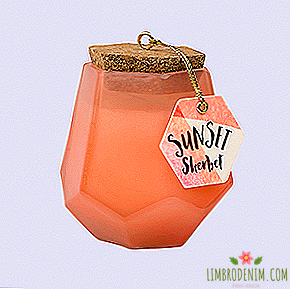Toilet duck: How to protect the bathroom from bacteria and fungi
Recently we told how to use public toilets and what is there to fear. Private bathroom also requires special attention: it is a warm place with high humidity, that is, an ideal breeding ground for bacteria and fungi. We understand how often you need to wash the floor of the bathroom and change towels, what to do with mold and what are dangerous rubber ducks.

Biofilm and how to destroy it
Most of the microorganisms living in the bathroom are safe for humans - but only if their number does not reach critical values. To prevent this, you must follow the basic rules of cleaning and hygiene. At least once a week you need to wash the floor and all hard surfaces using special tools, and once a month it would be good to do a general cleaning, washing all that is in the bathroom thoroughly.
Microbes are not scattered across the bathroom singlely: their cells are connected to each other and attach to the surface, forming a biofilm. It can be difficult to destroy even with bleach, so the toilet (including the drain button), the sink, and the door handle must be mechanically cleaned - with a sponge or brush, leaving the detergent for ten minutes beforehand. It is advisable to throw away the sponges after one or two cleanings.
Biofilm grows well on a folded wet curtain for a bath or shower. The problem can be solved in two ways: make a smooth glass fence in the shower area that is easy to clean, or use a fabric curtain that can be washed at maximum temperature. When the curtain is wet, it is better to let it dry in the straightened form.
Toothbrushes and brushes
Caps or covers for toothbrushes are intended only for their transportation, but there is no need to put on a cap for storage in the bathroom - it will not allow the brush to dry, creating excellent conditions for the reproduction of bacteria. According to the recommendations of the American Dental Association, after each brushing the teeth, the brush should be thoroughly rinsed under running water and allowed to air dry. Glasses and holders for brushes also need to be washed regularly, not allowing the biofilm to grow in them.
Recall that the toilet lid must be closed before pressing the drain button - otherwise the micro-splashes will fly over long distances, and if the bathroom is combined, the toothbrushes that dry in the air are in the risk zone. For this reason, it is better to clean brushes, hairbrushes and beauty blenders in wardrobes or drawers altogether and discard figurines and other decorations in the bathroom: in a minimalist setting, it is easier to keep it clean.
It is important to try to reduce the humidity - for this you can make a habit of keeping the bathroom door ajar when nobody uses it or nobody is at home. Do not interfere with dispenser with paper towels, so that you can quickly wipe any splashes on the sink top or mirror.

Towels and guests
Towels should be individual, like toothbrushes - it is not necessary to borrow them even from family members. The fleecy fabric remains moist for a long time, and the germs in it feel excellent. Ideally, towels should be completely dried (with a heated towel rail) and changed every couple of days (exactly at least once a week). If you are in a hurry to wipe your hands with your own towel, drop the towel on the floor or put it on the sink, it is better to take it in the wash and replace it with a new one.
In one study, it turned out that every seven days the number of bacteria on a towel doubles. Wash them at high temperature (at least 60 degrees). Do not forget about kitchen towels - usually one person wipes his hands a few people, and it is better to change it daily.
Mold and toys
Mold is one of the most ancient organisms on the planet; she prefers a moist and poorly ventilated environment and very often appears in bathrooms — for example, in corners on the floor or ceiling, or at the joints between the tile and the edge of the bath. Mold penetrates very deeply into the structure of the material on which it grows, therefore it is not easy to get rid of it. For humans, mold is harmful because it can cause allergic reactions, headache, provoke bronchial asthma, runny nose and sleep disorders. Black points or stripes must be cleaned with an alkali (for example, bleach) or acid; if the mold appeared at the joints and seams, then after cleaning it is best to fill them with sealant - for all these works, you can call a special service.
Special attention should be paid to rubber and plastic toys like ducks, into which water falls. Recently, the publication "No, this is normal" published a detailed material about a study conducted by Swiss scientists - they studied the "inner world" of nineteen bath toys. Inside all these toys, a biofilm was discovered with a huge amount of bacteria and fungi. Biofilms grew inside toys even in clear water - according to scientists, this was due to the poor quality of the plastic from which they were made. In general, right after bathing, the water from the toys needs to be poured, and the toys themselves should be changed more often, especially if you notice a dark scurf or if the mucus flies out of the toy when pressed. As for sex toys, it is better to keep them protected from splashes and dust, for example, in separate zippered cosmetic bags or plastic containers.
Photo:eyetronic - stock.adobe.com, okinawakasawa - stock.adobe.com, Africa Studio - stock.adobe.com





